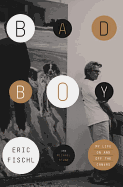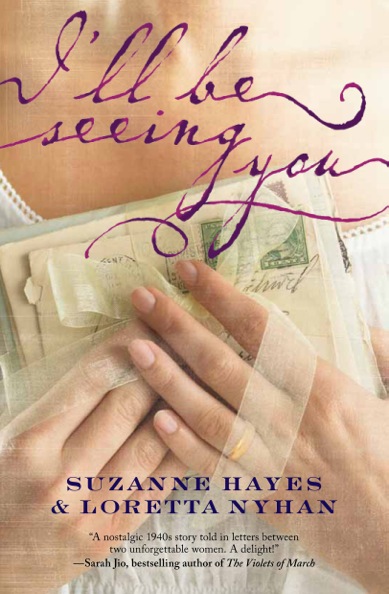 I'll Be Seeing You (Harlequin Mira, $15.95, May 28, 2013) is the moving story of two women whose pen-pal relationship helps them to cope with the struggles and tragedies of World War II. Its authors are Suzanne Hayes and Loretta Nyhan, best friends who have never met in person. Hayes, an author and teacher, lives in Connecticut with her husband and three daughters. Nyhan, an author and professor, lives in the Chicago area with her husband and family. In their separate careers, Hayes (as Suzanne Palmieri) is the author of the novel The Witch of Little Italy (March, St. Martin's Griffin); Loretta Nyhan's YA novel is The Witch Collector (April, Harper Teen). In this IM conversation that spanned three time zones, Hayes and Nyhan share the story of their collaboration as well as their thoughts on the power of friendship.
I'll Be Seeing You (Harlequin Mira, $15.95, May 28, 2013) is the moving story of two women whose pen-pal relationship helps them to cope with the struggles and tragedies of World War II. Its authors are Suzanne Hayes and Loretta Nyhan, best friends who have never met in person. Hayes, an author and teacher, lives in Connecticut with her husband and three daughters. Nyhan, an author and professor, lives in the Chicago area with her husband and family. In their separate careers, Hayes (as Suzanne Palmieri) is the author of the novel The Witch of Little Italy (March, St. Martin's Griffin); Loretta Nyhan's YA novel is The Witch Collector (April, Harper Teen). In this IM conversation that spanned three time zones, Hayes and Nyhan share the story of their collaboration as well as their thoughts on the power of friendship.
How did you two meet?
Hayes: We fell in love with each other online, through words.
Nyhan: We still haven't met in person. I followed Suzy's blog, and she followed mine. We had mutual writer friends. After a while we started reading each other's work, then we started talking on the phone, then we decided to write a book together.
Hayes: We both had books out on submission to publishers at the same time, and we were waiting. I was venting on the phone to Loretta and said, "Why not try to do something just for us?" We decided on writing e-mails in character. We both adore history and women in history. I wrote the first e-mail (the first letter in the book) and waited for her to answer me. At first, it was not intended to be a novel.
Nyhan: I knew it was going to be a novel when I got the first letter. I was consumed by the need to write back! My character, Rita, came to me fully formed. She was a gift.
Were your original drafts kept for the finished product?
Hayes: We have an amazing editor who fell in love with the book but had some great ideas. In order to implement those ideas, guess what we did? We did it all over again, letter by letter.
Nyhan: Some plotlines needed streamlining, and we added a character and changed a few. It was just as much fun the second time.
Rita and Glory's friendship sustains them. What does the camaraderie of women mean to you?
 |
| Loretta Nyhan |
Nyhan: I've gotten to the point in my friendship with Suzy where I can't imagine not having her in my life. I talk to her in my head, just like Rita talks to Glory in the book. When we eventually meet, I think my heart will burst.
Hayes: Women are busy. We have families and jobs and dreams. It's hard, so hard to make and keep up with good friendships. If this book, in any way, can make someone reach out to an old friend, or make a new one who will help heal her stressed out soul, then we will have done a great thing. And, with Loretta--she's my best friend and I've never met her. I tell her everything. It's like being 15, 25 and 80 all at the same time. I will weep when I meet her. She has no idea how she has grounded me. I'm a better wife, mother, friend, writer.... I'm better at everything from knowing her and writing with her. I want other women to feel the same thing. Old friend, new friend... whatever. Get a pen and write a letter!
Nyhan: We all have difficult times, and it's so important to know when you reach your hand out, there will be someone to grasp it, to tell you everything is going to be okay. Women are so good at supporting each other, to simply say, "I'm here for you." No judgment, no demands, just strength.
Aside from friendship, what aspect of the book most stands out in your minds?
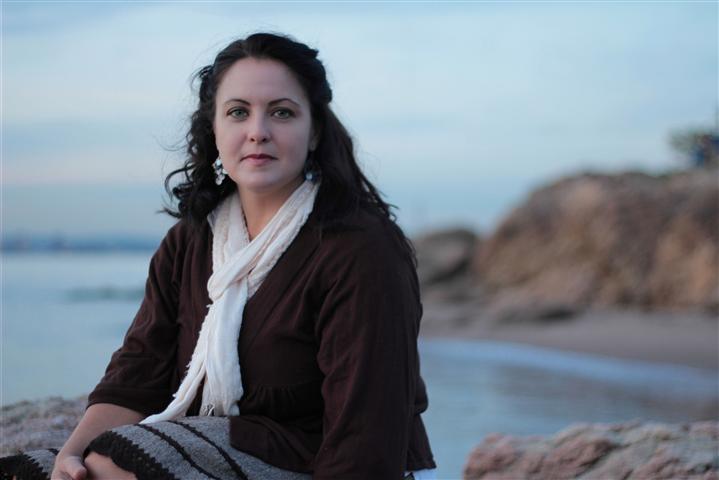 |
| Suzanne Hayes |
Hayes: Romance. How men and women work through their relationships and how sharing these relationships with a woman you trust can save, strengthen, broaden the base of that romance just by "being there," sharing her own stories. Her own battles. That nothing, NOTHING is too hard to face when you have someone there waiting for you on the other side.
Nyhan: We are all so stressed, so overworked... the popularity of social media shows how much we want to connect with others in a meaningful way. This is what sustains us.
Can you tell us about your next joint novel?
Hayes: It's about two sisters who lose everything and must move to New York City in 1917 to follow their brother. Downton Abbey meets Iron Jawed Angels meets Boardwalk Empire.
Nyhan: New York at the dawn of the U.S. involvement in World War I. Back alley nightclubs and tenement apartments. Wealthy Park Avenue matriarchs and Chinatown drug dens. So much fun. And we switched up the personalities--Suzy is the more buttoned-up character and I'm the free spirit this time. --Jaclyn Fulwood
 To settle the e-book agency model suit brought by U.S. states and a consumer class-action suit, Macmillan will pay $20 million to consumers, $3 million in legal fees to the states and $2.5 million in fees to the consumer suit lawyers, according to court filings cited by Bloomberg.
To settle the e-book agency model suit brought by U.S. states and a consumer class-action suit, Macmillan will pay $20 million to consumers, $3 million in legal fees to the states and $2.5 million in fees to the consumer suit lawyers, according to court filings cited by Bloomberg.






 Workers in two Amazon facilities in Germany--in Leipzig and Bad Hersfeld--have voted to authorize a strike, Reuters reported. The negotiator for the trade union Verdi said that
Workers in two Amazon facilities in Germany--in Leipzig and Bad Hersfeld--have voted to authorize a strike, Reuters reported. The negotiator for the trade union Verdi said that 
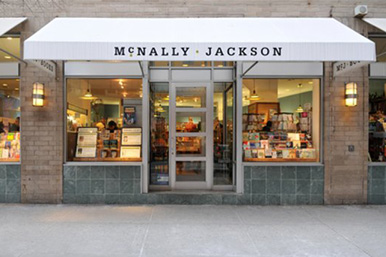 From the "
From the "
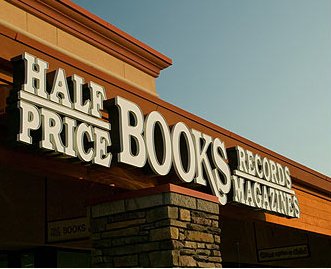 Half Price Books is closing its store in Irving, Texas
Half Price Books is closing its store in Irving, Texas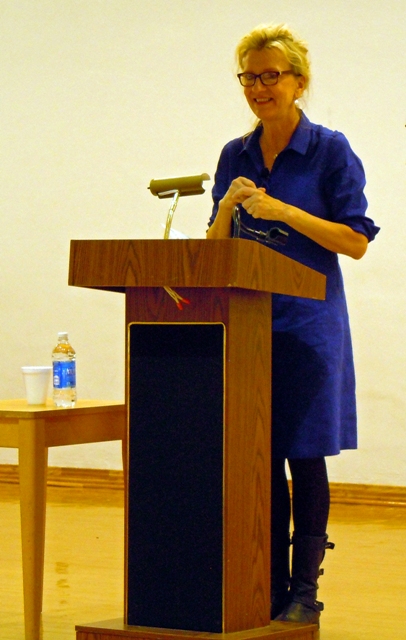 At a talk called "Concept to Completion," hosted by the Gene Barnett Literary Society of Fairleigh Dickinson University, Teaneck, N.J., Pulitzer Prize-winner Elizabeth Strout spoke about her new novel, The Burgess Boys (Random House), craft and the importance of fiction. "Fiction is truer than most of the nonfiction we read because in fiction one can stay closer to the facts," she said. "Novels are there as a social tool to bring the news and make readers understand that people are more alike than they are different. And while those differences can be significant, the only way we can really touch each other's shoulders is through fiction. We only have each other." Asked about books on craft that have influenced her writing, she cited War and Peace and The Journals of John Cheever, adding, "These books are not specifically about craft, but they've greatly instructed me in my work." --
At a talk called "Concept to Completion," hosted by the Gene Barnett Literary Society of Fairleigh Dickinson University, Teaneck, N.J., Pulitzer Prize-winner Elizabeth Strout spoke about her new novel, The Burgess Boys (Random House), craft and the importance of fiction. "Fiction is truer than most of the nonfiction we read because in fiction one can stay closer to the facts," she said. "Novels are there as a social tool to bring the news and make readers understand that people are more alike than they are different. And while those differences can be significant, the only way we can really touch each other's shoulders is through fiction. We only have each other." Asked about books on craft that have influenced her writing, she cited War and Peace and The Journals of John Cheever, adding, "These books are not specifically about craft, but they've greatly instructed me in my work." --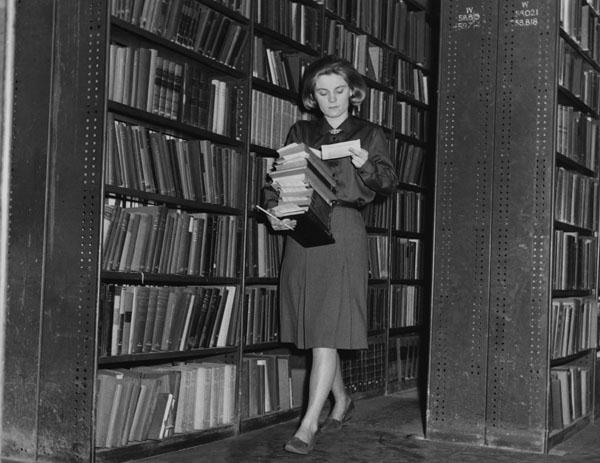 Noting that "librarians, in case you hadn't heard, are essential members of society--likely to expand minds wherever they go--and, as such, are fully worthy of hero worship," Flavorwire showcased "
Noting that "librarians, in case you hadn't heard, are essential members of society--likely to expand minds wherever they go--and, as such, are fully worthy of hero worship," Flavorwire showcased " Since four-legged customers are a common sight at Aaron's Books in Lititz, Pa., participating in Penguin Group USA's
Since four-legged customers are a common sight at Aaron's Books in Lititz, Pa., participating in Penguin Group USA's 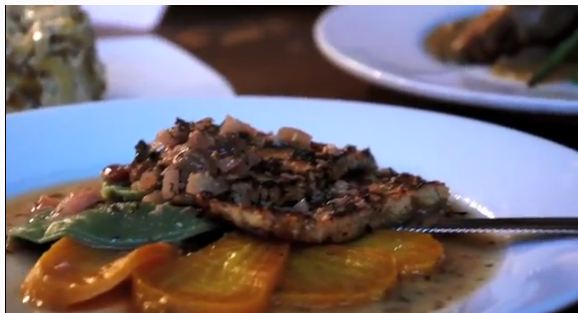 Plum: Gratifying Vegan Dishes from Seattle's Plum Bistro
Plum: Gratifying Vegan Dishes from Seattle's Plum Bistro According to F. Scott Fitzgerald's handwritten
According to F. Scott Fitzgerald's handwritten  I'll Be Seeing You (Harlequin Mira, $15.95, May 28, 2013) is the moving story of two women whose pen-pal relationship helps them to cope with the struggles and tragedies of World War II. Its authors are Suzanne Hayes and Loretta Nyhan, best friends who have never met in person. Hayes, an author and teacher, lives in Connecticut with her husband and three daughters. Nyhan, an author and professor, lives in the Chicago area with her husband and family. In their separate careers, Hayes (as Suzanne Palmieri) is the author of the novel The Witch of Little Italy (March, St. Martin's Griffin); Loretta Nyhan's YA novel is The Witch Collector (April, Harper Teen). In this IM conversation that spanned three time zones, Hayes and Nyhan share the story of their collaboration as well as their thoughts on the power of friendship.
I'll Be Seeing You (Harlequin Mira, $15.95, May 28, 2013) is the moving story of two women whose pen-pal relationship helps them to cope with the struggles and tragedies of World War II. Its authors are Suzanne Hayes and Loretta Nyhan, best friends who have never met in person. Hayes, an author and teacher, lives in Connecticut with her husband and three daughters. Nyhan, an author and professor, lives in the Chicago area with her husband and family. In their separate careers, Hayes (as Suzanne Palmieri) is the author of the novel The Witch of Little Italy (March, St. Martin's Griffin); Loretta Nyhan's YA novel is The Witch Collector (April, Harper Teen). In this IM conversation that spanned three time zones, Hayes and Nyhan share the story of their collaboration as well as their thoughts on the power of friendship.

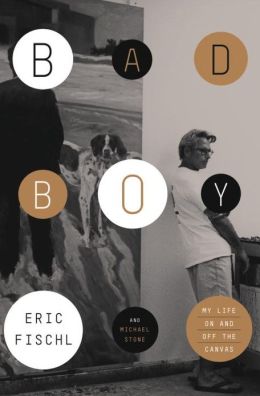 Eric Fischl's iconic painting Bad Boy is a dim, dreamy scene of 20th-century suburban unease: a voluptuous naked woman luxuriates on a sun-slatted bed, playing with her toes, legs open; she appears oblivious (or indifferent) to the young boy standing at the foot of the bed, his back to the viewer, staring down at her--and reaching one hand into her open purse behind him.
Eric Fischl's iconic painting Bad Boy is a dim, dreamy scene of 20th-century suburban unease: a voluptuous naked woman luxuriates on a sun-slatted bed, playing with her toes, legs open; she appears oblivious (or indifferent) to the young boy standing at the foot of the bed, his back to the viewer, staring down at her--and reaching one hand into her open purse behind him.